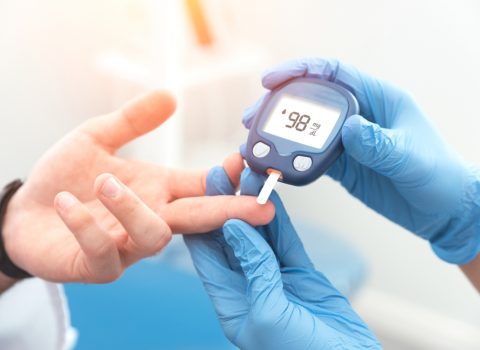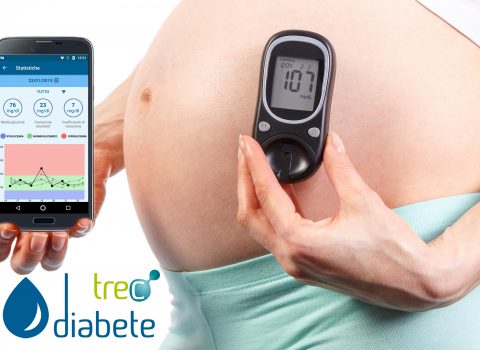#diabete
-
 October 27, 2020Diabetes and artificial intelligence: from citizens to researchA collaboration between a diabetic patient and the FBK eHealth research group stemmed from the "La bottega della Scienza" project, which gathers scientific research proposals advanced by citizens and involves schools.
October 27, 2020Diabetes and artificial intelligence: from citizens to researchA collaboration between a diabetic patient and the FBK eHealth research group stemmed from the "La bottega della Scienza" project, which gathers scientific research proposals advanced by citizens and involves schools. -
 May 7, 2019Pregnancy and diabetes, safety in an appDeveloped by Fondazione Bruno Kessler and TrentinoSalute4.0, the App, designed for the constant monitoring of diabetic mothers, has been tested in Trentino for some years
May 7, 2019Pregnancy and diabetes, safety in an appDeveloped by Fondazione Bruno Kessler and TrentinoSalute4.0, the App, designed for the constant monitoring of diabetic mothers, has been tested in Trentino for some years